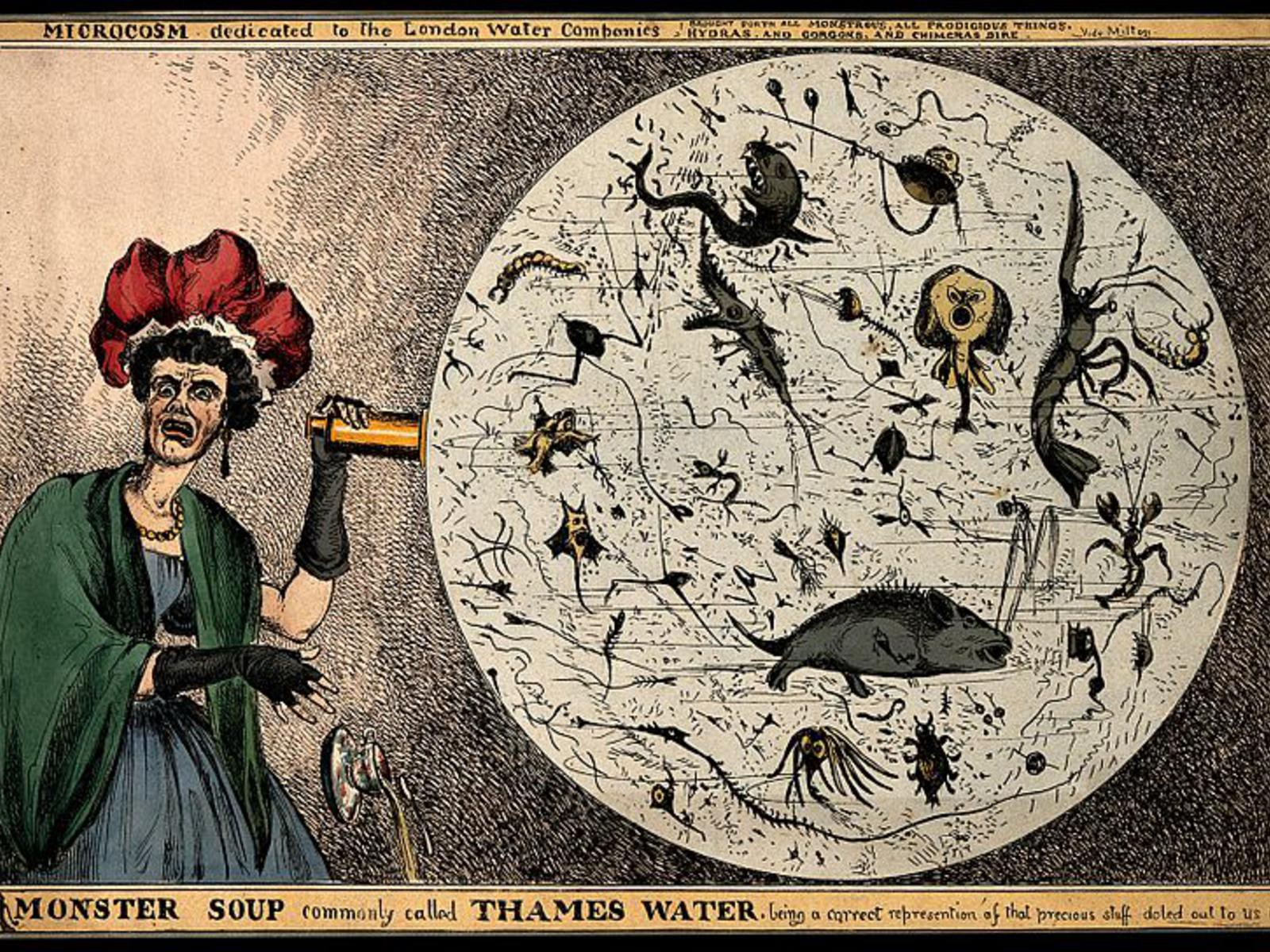

Crossness Pumping Station was 150 years old last weekend. To celebrate, here are five recent innovations in how we handle sewage.

1. Going viral?
Gandhi famously said good sanitation was more important than independence. He had good reason to believe that. In India, as in many parts of the world, toilets are seen as a key to women’s health, security and empowerment–including access to education. Sewage is also a real threat to childhood mortality. Unicef estimates that over 143 million pounds of human waste is dumped across India every day, leading to water contamination that spreads disease. Children are at particular risk.
Last summer, Narendra Modi announced it’d build 5.2 million toilets–The Economist calculated this as one every second–while other campaigners choose to tackle culture, not infrastructure. Unicef’s “Take the Poo to the Loo” project attempts a form of viral designed to inspire laughter and shared delight with a Twitter account, hashtag games, a flash mob and a crowdsourced map of public defecations–and, in the process, change social attitudes about toilets.

2. Solar-powered pooping
Winner of the 2012 Bill & Melinda Gates Foundation’s “Reinventing the Toilet Challenge,” Caltech engineer Michael Hoffmann developed an idea for a toilet that both uses a form of renewable energy and produces energy as a byproduct.
The design uses solar power to run an electrochemical reactor, which breaks down water and human waste into fertilizer and hydrogen. This in turn can be stored in hydrogen fuel cells as energy.

3. There be gold in them sewers
You might be surprised by what ends up in your toilet bowl. Metals are increasingly used in everyday domestic products like shampoos and detergents, and they end up in our waste. It’s worth extracting these metals from waste as some can be toxic–cleaner sewage can be reused as a fertilizer–but it’s even possible that we could find enough precious metals in the process to compete with traditional prospectors.
We might be better off thinking about why we’re putting these metals into our bodies in the first place rather than going to the effort of extracting traces of them, but The Guardian reports that a sewage treatment facility in Tokyo has already started extracting gold from sludge wth a yield rivaling those at some leading gold mines. Welcome to the Anthropocene–where we mine our own poo.

4. A toilet made from poop?
Virginia Gardiner’s waterless toilet idea–the Loowatt–uses an ordorless bag instead of flushing. The waste is shifted into a digester and broken down by microorganisms. A deliberate contrast from the “flush and forget” model we’ve gotten used to in the West, not only does Gardiner’s design save water and increase the number of places where the toilet can be used, the resulting waste can be turned into useful biogas and fertilizer.
When she launched a prototype in 2009, Gardiner molded a toilet out of horse manure, a comment on how we could make more of our waste.

5. The poo bus!
A 40-seater bus that runs entirely on human waste and food scraps has started ferrying commuters between cities in the West of England. One tank of its biomethane fuel is equivalent to a year of waste from five people.


How We Get To Next was a magazine that explored the future of science, technology, and culture from 2014 to 2019. This article is part of our Metropolis section, on the way cities influence new ideas–and how new ideas change city life. Click the logo to read more.
